Why mega-zooms like the P30 Pro bring us closer to danger
There are four cameras on the back of the brand-new Huawei P30 Pro. It has a standard camera; an ultra-wide lens; a "time-of-flight" camera for depth-sensing; but the one that has got us all talking is the telephoto, mega-zoom lens.
Huawei calls it the Periscope lens and it's every bit a technological marvel as the critics are making it out to be. Periscopes are what you find in submarines, comprising a tube with a series of mirrors that let you see things that are out of regular sight.
The Chinese brand have somehow managed to implement this technology in the P30 Pro. Unlike normal phone cameras, the Periscope lens is not built into the phone, but Huawei arranged its mirrors horizontally across the the phone.
The result: five times optical zoom, and up to fifty times digital zoom. Fifty!
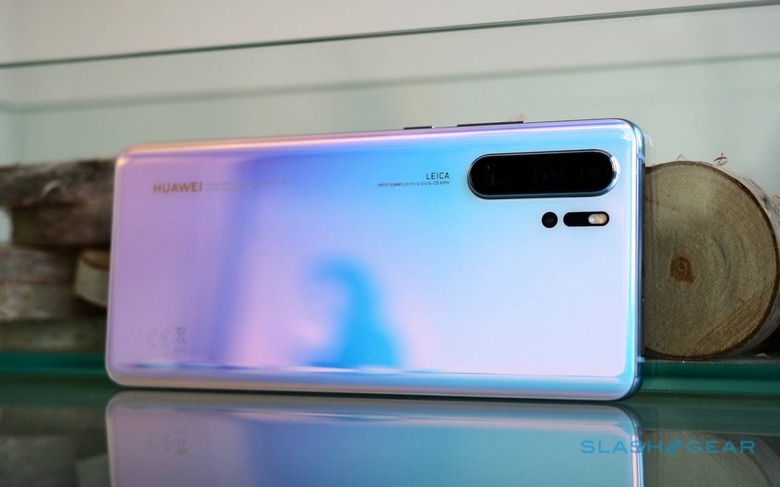
MORE: Huawei P30 Pro Review
The internet is going mad about the P30 Pro's mind-boggling achievement. While many are in praise of what they've accomplished, others are a little creeped out by the sinister potential of its 50x zoom lens.
And they have every right to be. There comes a point where tech gets too sophisticated that it becomes potentially dangerous.
Tech vs Privacy
Tech and privacy are at war today. Corporations can't be trusted with our information; the likes of Facebook and Google have been plagued with endless controversies of privacy invasion. Huawei themselves have been at the centre of accusations of espionage by the U.S., advocating a boycott.
The problem doesn't just lie with big companies, however. Just as alarmingly, individuals are abusing the benefits of technology.
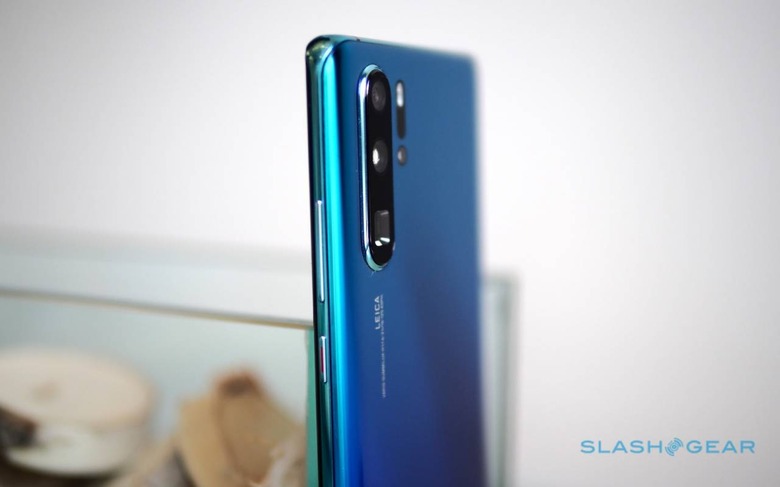
Reports emerged about South Korea's spy camera "epidemic", in which tiny camera were hidden to film women – and men – undressing in clothing stores, gyms and toilets. Most recently, four individuals were charged for streaming video feeds of dozens of local hotel rooms, according to South Korean police.
The BBC reported more than 6000 of these cases reported in South Korea and noted this was "not just a Korean problem." Spy cams are easy to get hold of – none of this is black market criminal tech, but ironically, it's tech made for security and surveillance – which is one reason the "epidemic" has become so widespread.
Stealthy cameras for the masses
Spy cameras and the P30 Pro camera have two things in common: they're stealthy and easy to acquire.
Granted, phones are nowhere as sneaky as spy cams, but nowadays, no one really takes a second glance when someone takes a picture. It's even more dangerous with the P30 Pro. A sneaky photo of you, in the supposedly safe confines of your office, could be taken well over 50 meters away and no one would ever notice.
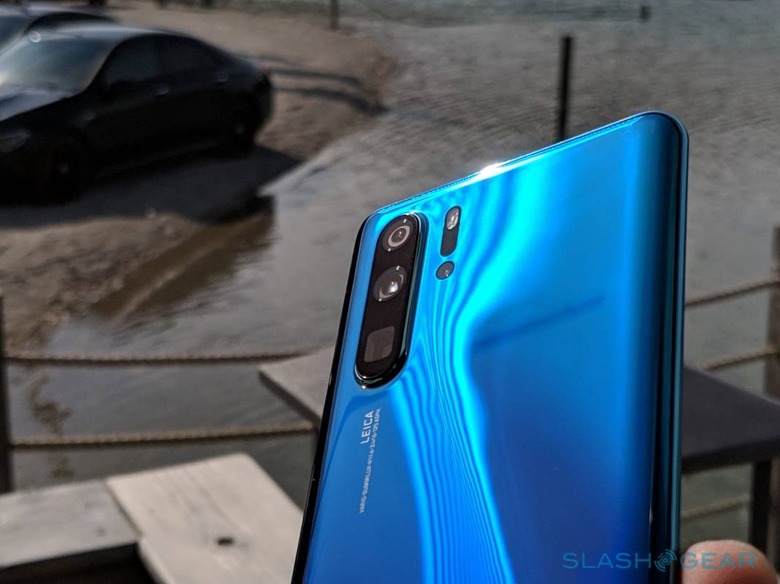
Mega-zoom camera lenses for professionals also exist, for sure. Wildlife or sports photographers often use chunky 800mm zoom lenses that top trumps the P30 Pro in quality and zoom. But people notice when you carry a giant camera around; they wouldn't notice you taking photos with your P30 Pro, though.
And you've probably seen the viral tests on YouTube channels like MKBHD, where Marques Brownlee can zoom right in to a faraway window panel from the top of a building. He wasn't spying on anyone, but the tools of potential crime are there, and accessible like never before.
Camera laws are there for a reason
Laws are in place to punish voyeurs who take stealthy images of others. In public places, there's nothing you can do about someone taking your picture. But they can't take a photo of you in a private place, say a bathroom.
There are also laws granted to phone manufacturers in certain countries. To discourage voyeurism, phones sold Japan are required by law to always have the camera shutter sound on, even on silent mode. So, the disruptive "pssht!" sound goes off every time someone takes a picture.
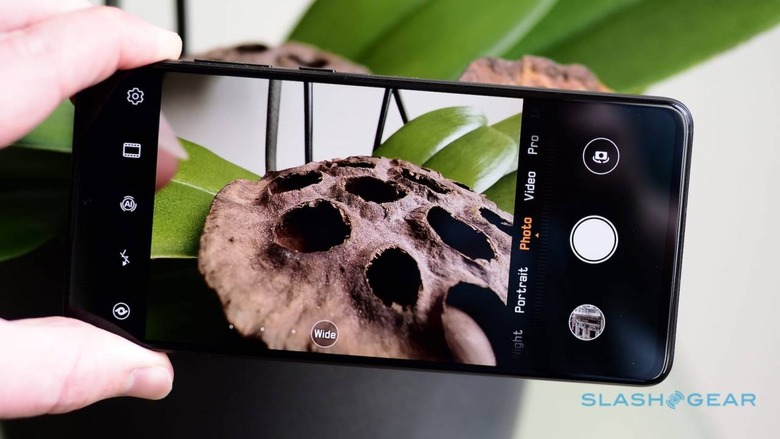
There is a point to laws like these, and the extreme criminal potential of the P30 Pro adds to this problem – not to mention adding to distance.
Who exactly is the Periscope for?
The P30 Pro's crazy zoom also begs the question: Are there any sensible uses for a 50x zoom lens?
Huawei's videos show off the Periscope lens zooming in to subjects like the moon and the Eiffel Tower. With its ability to pick out light in the dark, the camera will also make improve concert photographs, especially when you're standing at a distance away. We're also sure wildlife photographers will give shooting birds a shot.
It's all impressive, but any photographer will tell you digital zoom doesn't produce good enough images.
How much zoom is too much zoom?
Phone manufacturers are constantly out to top each other on statistics. The P30 Pro may be at the centre of plenty of internet jokes and amusing Instagram Stories at the moment, but it may not be fun and games for long if other phone manufacturers make this a trend.
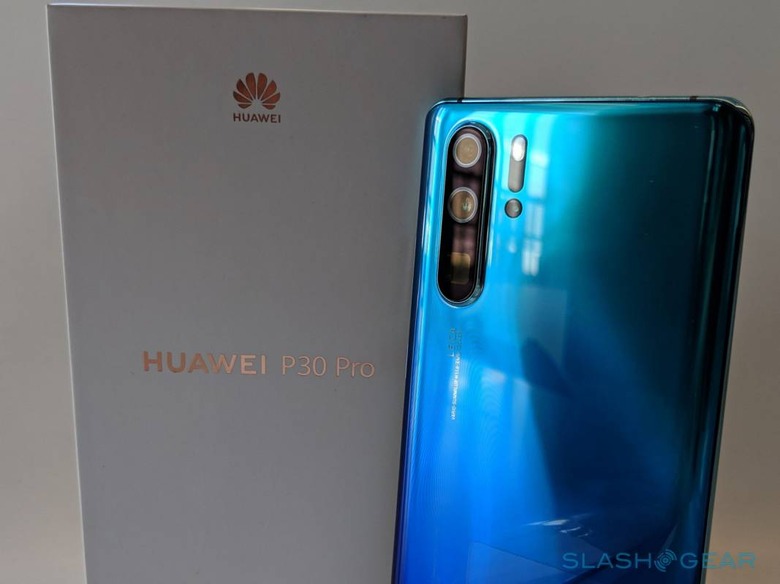
Other manufacturers may hop on the mega-zoom lens wagon, just as they did with portrait mode and this year's wave of wide-angle lenses. If this happens, this culture of zooming in on an unsuspecting individual going about his day across the block may be a scary reality.
It's scary to realize our phones today are already powerful devices with plenty of potential for abuse. So, it is hard to give a number to how much a lens should be able to zoom. The responsibility lies with manufacturers who need to think ethically and consider when it becomes too susceptible to use as a tool for crime.
And since there aren't many compelling reasons for the common user to use a 50x Periscope lens, Huawei may have accidentally stumbled upon its niche market: creeps.
